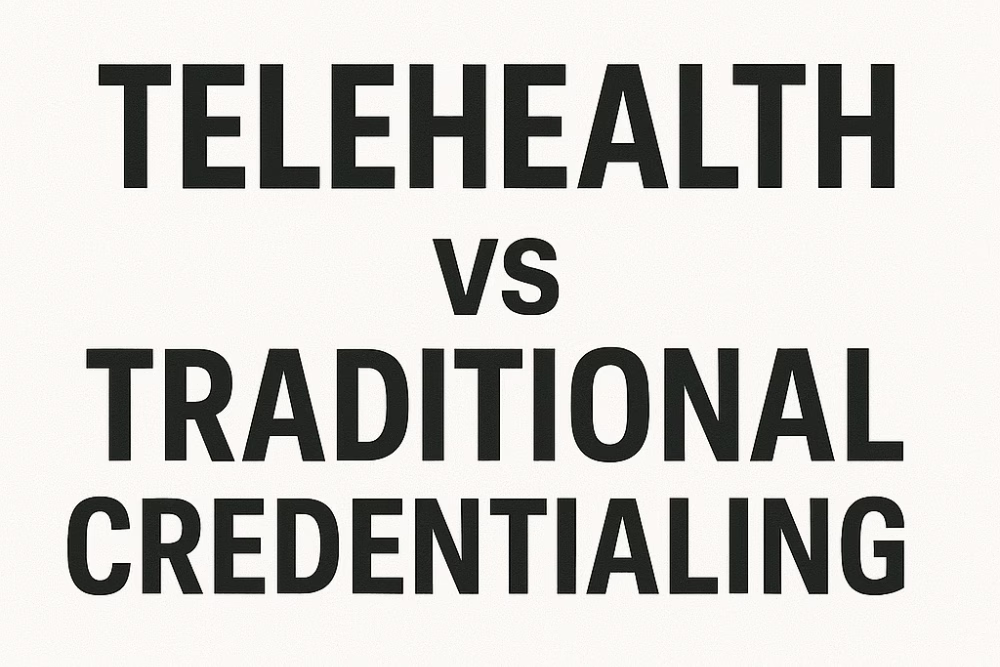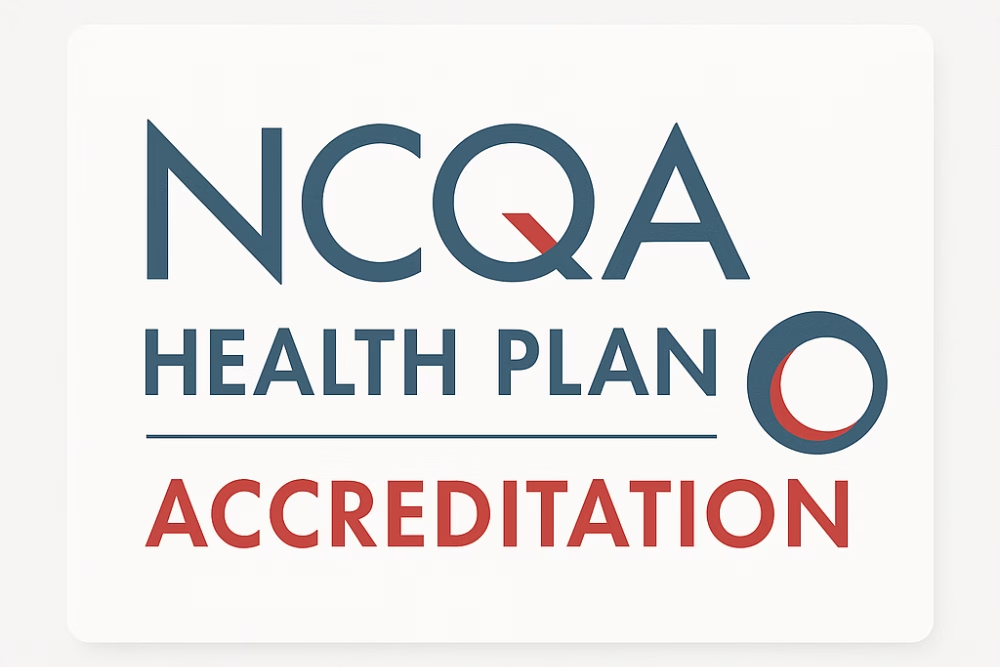Provider credentialing is an essential yet often overwhelming process for healthcare practices. It’s a maze of paperwork, deadlines, and payer requirements that can frustrate even the most experienced practice managers. Delays in credentialing result in delayed reimbursements, affecting your revenue cycle and limiting your ability to deliver quality patient care. But with the right strategies, you can streamline the credentialing process, reduce delays, and ensure timely payments. Here’s how you can take charge and transform credentialing from a headache into an asset.
1. Start Early and Stay Organized
Credentialing isn’t a quick task; it’s a long-term process that can take weeks or even months. Starting early is critical to avoiding delays. Develop a comprehensive checklist of required documents for each payer, such as:
- Provider’s CV
- State and DEA medical licenses
- Board certifications
- Malpractice insurance certificates
- CAQH enrollment details
Maintain both digital and physical copies of all documentation, including submission dates, confirmation numbers, and payer contacts. A meticulously organized system can save time and prevent last-minute panic.
2. Prioritize Accuracy
Even minor errors in documentation can result in significant delays. Double-check all forms for completeness, ensure all signatures and dates are accurate, and verify that licenses and certifications are current. A small mistake, like an expired license, can cause rejections or lengthy follow-ups.
3. Utilize Credentialing Services or Experts
Managing credentialing in-house can be overwhelming, especially with varying payer requirements. Partnering with credentialing experts or services can ease the burden. These professionals are well-versed in payer regulations, handle paperwork efficiently, and address issues proactively. This allows your team to focus on patient care and other operational priorities.
4. Communicate Proactively
Don’t wait for payers to reach out. Take a proactive approach by regularly following up on applications. Building relationships with payer representatives can expedite the resolution of issues. Maintain a log of all interactions, including dates, times, and contact names, to ensure accountability.
5. Embrace Digital Tools
Leverage electronic credentialing portals offered by many payers. These systems simplify submission and tracking, reducing errors and speeding up the process. Digital tools provide greater transparency and allow you to monitor application statuses in real time.
6. Stay Ahead of Re-Credentialing
Credentialing isn’t a one-and-done process. Licenses, certifications, and payer enrollments require periodic renewals. Implement a tracking system to monitor expiration dates and start re-credentialing well in advance. This ensures uninterrupted payment cycles and avoids unnecessary gaps.
Why Streamlined Credentialing Matters
Streamlining your credentialing process doesn’t just save time—it directly impacts your revenue cycle. By implementing these strategies, you can:
- Reduce claim denials
- Accelerate payment cycles
- Improve cash flow
- Minimize administrative workload
- Enhance provider satisfaction
Partner with eClinicAssist for Credentialing Solutions
Feeling overwhelmed by credentialing? Let eClinicAssist handle the complexities for you. Our team specializes in provider credentialing, offering end-to-end solutions tailored to your practice’s needs. From document preparation to payer communication, we ensure a seamless process so you can focus on patient care.
Get started today!
Contact eClinicAssist for a free consultation and discover how we can optimize your credentialing process and improve your bottom line.







